Managing your intangible assets can make your business more successful
Coca-Cola Secret Formula
Coca-Cola is bottled at nearly 300 plants around the world, where the soft drink is manufactured, packaged, merchandised and distributed. These third-party bottlers ship Coke to the company’s customers — grocery stores, restaurants, street vendors, convenience stores, movie theatres and amusement parks — that then sell about 1.7 billion servings of the soft drink every day.
But as important as Coke’s bottling partners are to the company’s operations, they’re far from the biggest contributor to the company’s success, says organizational performance expert Bernard Marr.
“I remember the CEO of Coca-Cola saying, ‘If our plants burn down today, I could go to the bank, borrow some money and we’d be up and running in a few months.’ Coke’s value is based on their reputation, on their branding and other things, on their formula and their secret.”
Marr was presenting at “Future Value Drivers,” a CMA Canada webinar panel. The founder and CEO of the U.K.- based Advanced Performance Institute argues that the success of companies such as Coke is influenced less by physical assets — manufacturing facilities, finances, products
and services — than by intangible qualities and competencies. These include human talent, corporate culture, customer relationships and intelligence data.
IDENTIFY INTANGIBLES
Making the most of your company’s intangible assets starts with understanding what they are and how they provide
value to your organization. Marr compares an organization’s goods and services to apples that are sustained by the
hidden yet nourishing roots of its many behind-the-scenes competencies.
“It’s the intangibles that really drive performance,” say Marr. “We need to make sure we nurture these roots to deliver benefits to stakeholders.”
Marr classifies an organization’s intangibles into three types of capital:
- Human:
Knowledge and skills, work experiences, entrepreneurial spirit, emotional intelligence, and employee engagement and loyalty
- Relational
Formal and informal business relationships with partners — suppliers, distributors, licensors et al. — and customers, as well as brand image and
corporate reputation
- Structural:
Brand names, organizational data, patents and trade secrets, management philosophy and processes, and corporate culture and values. All of these intangibles work in an interconnected way to drive an organization’s success, says Marr. Organizations need to determine which intangibles to nourish to achieve their objectives.
Transfer of Creative Ideas
Jean Kimpton, CMA, vice-president of CMA Prince Edward Island and co-panelist on the webinar, notes that organizations in different sectors value intangible assets differently.
“Think of manufacturing. If someone is going to leave the organization, you have procedure manuals: this is how we do things,” says Kimpton, controller in P.E.I.’s Department of Innovation and Advanced Learning. But when it comes to a sector such as IT, she says, it becomes harder to transfer
creative ideas from one person to another.
Discussion Questions:
1. Do you agree that Human Capital is an intangible asset?
2. Do you agree with Marr that the loss of personnel cannot be replaced by a procedure manual?
3. How should we protect our trade secrets and our brand reputation?
To read more, see the article written by Sharon Aschaiek freelance writer.
Visit the CMA website for more articles

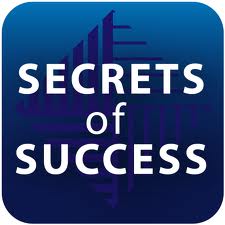
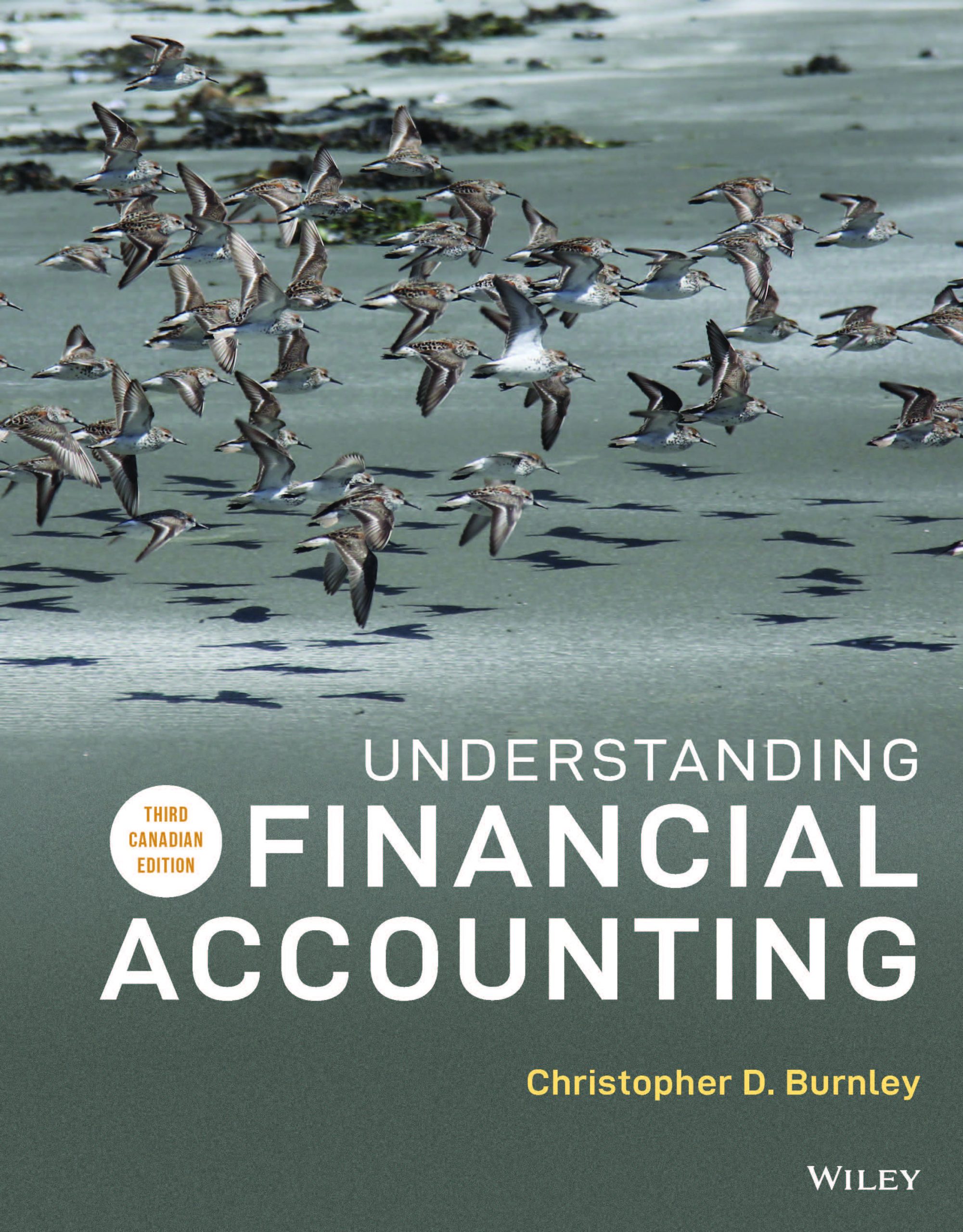
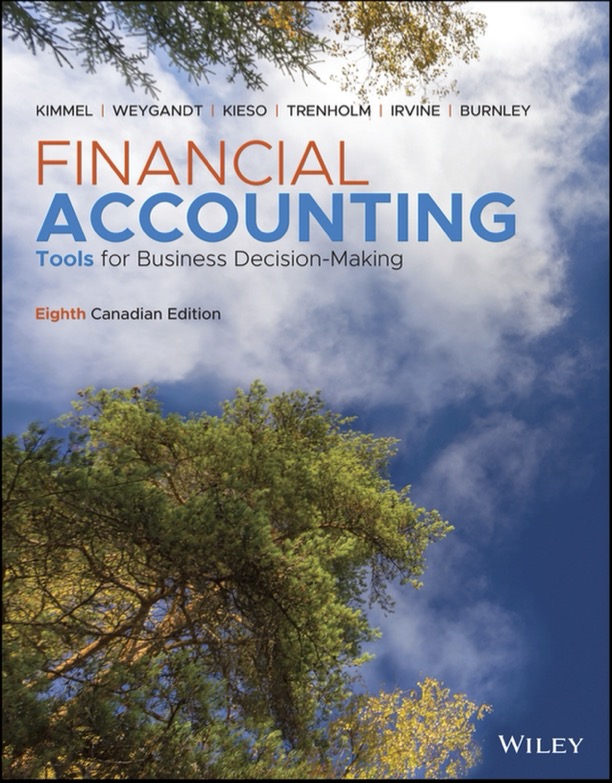
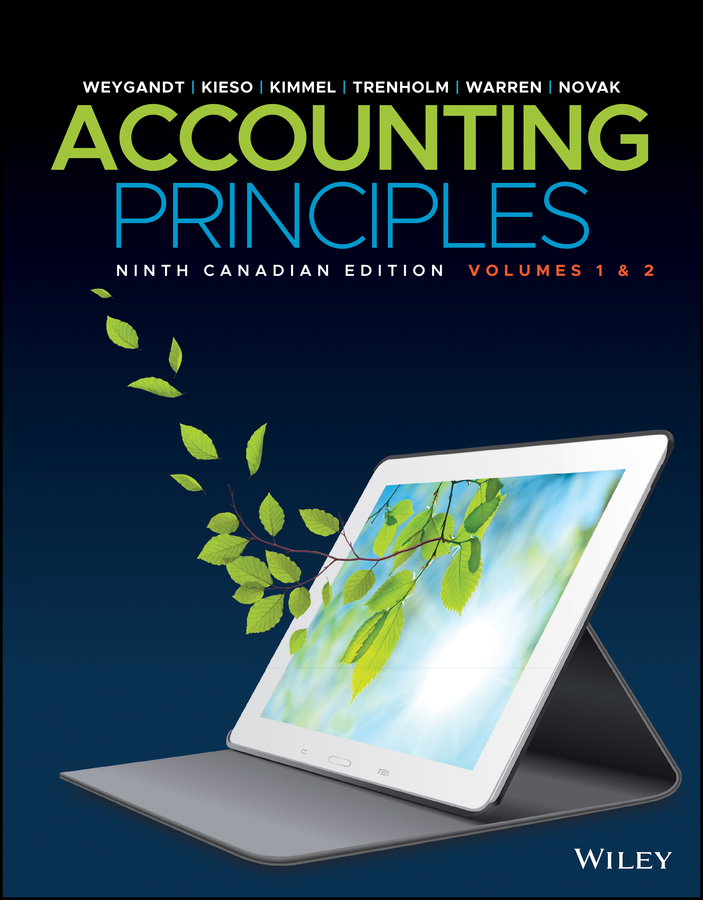
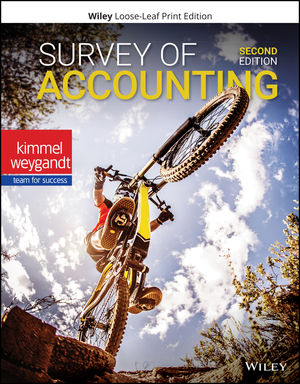
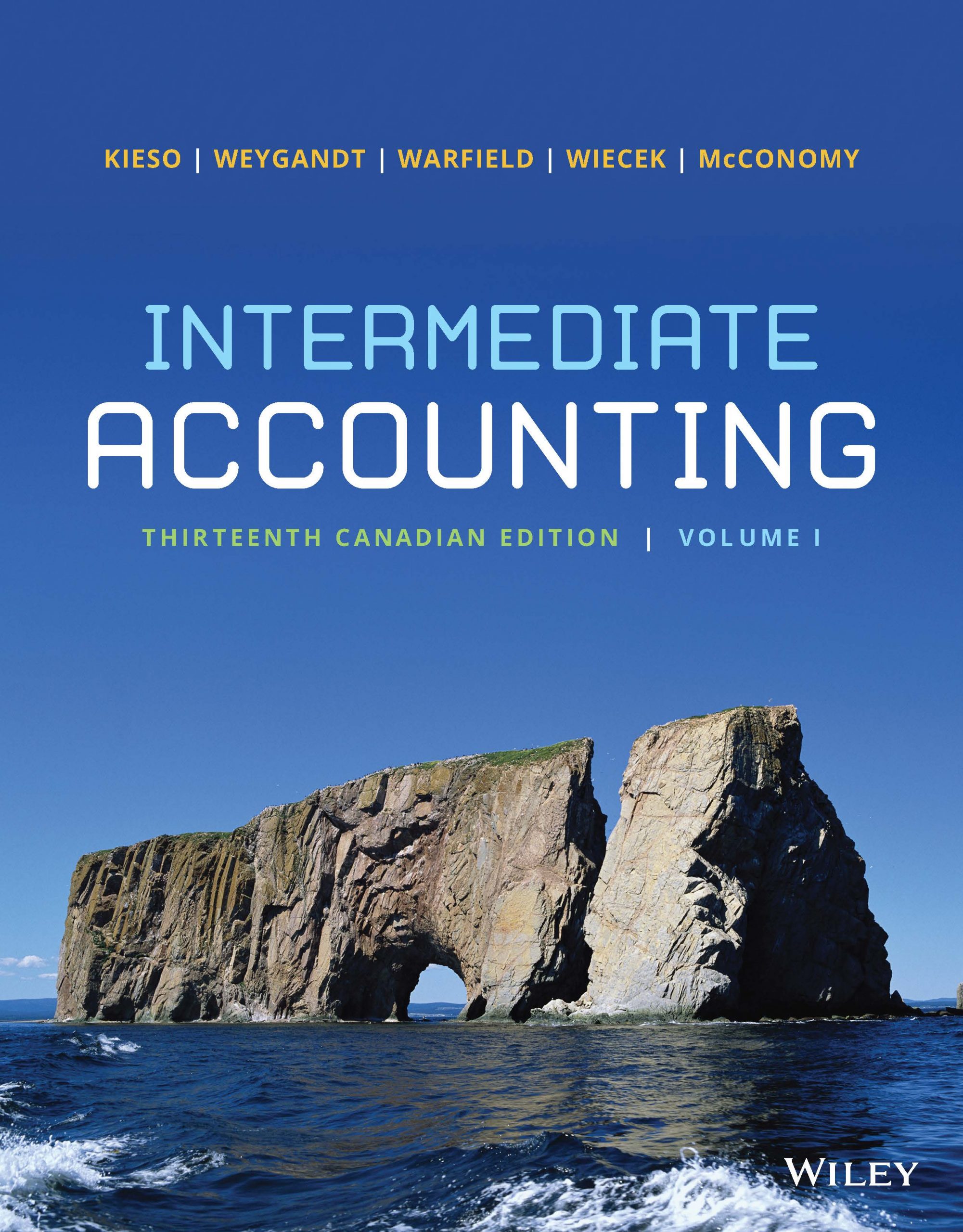
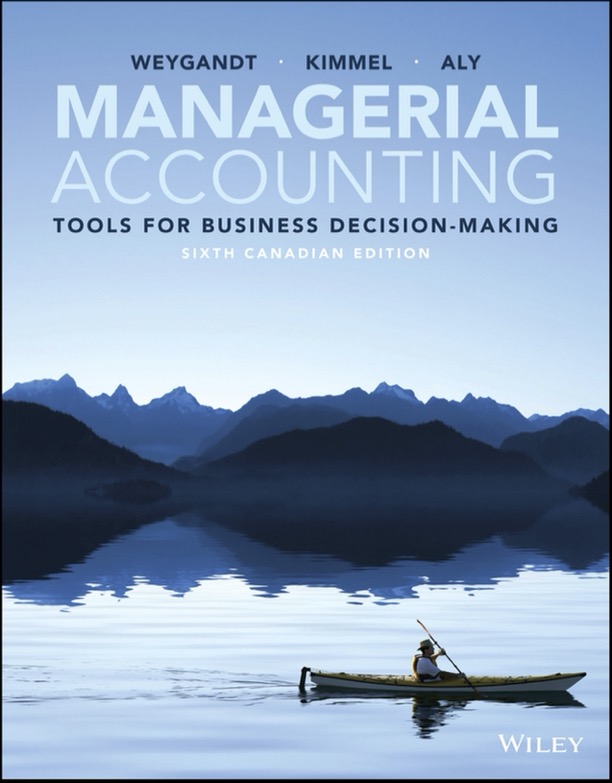


Leave a Reply